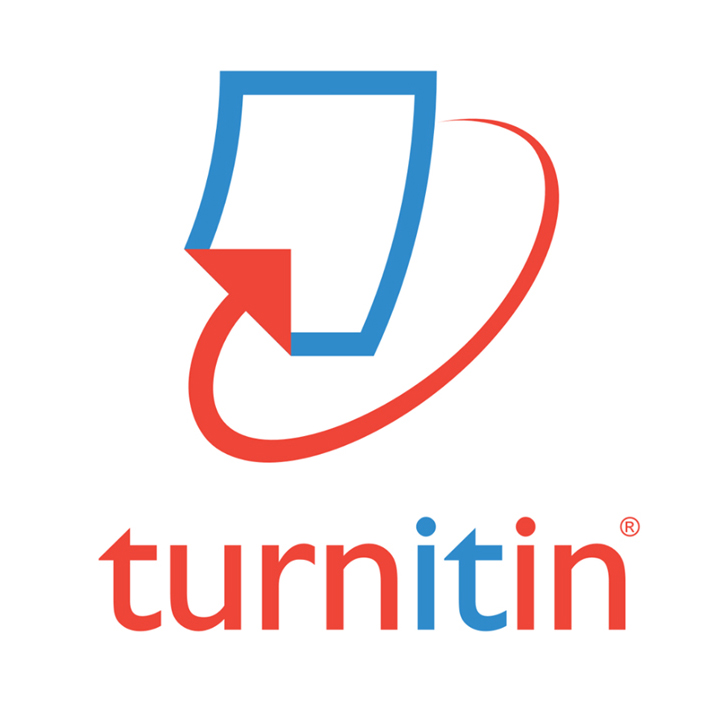Penerapan Machine Learning Dalam Industri Transportasi Di Indonesia
Keywords:
Machine Learning, Industri Transportasi, Optimasi Rute, Analisis Sentimen, Prediksi Keterlambatan, Transportasi Online, IndonesiaAbstract
The transportation industry in Indonesia has experienced rapid development, driven by technological advancements, particularly in the application of machine learning. This technology presents significant opportunities to enhance operational efficiency, optimize travel routes, and improve service quality within the transportation sector. This article aims to explore the implementation of machine learning in the transportation industry in Indonesia, focusing on how this technology is used for predictive analysis, route planning and optimization, and sentiment analysis of online transportation services such as Gojek, Grab, and Blue Bird. The research employs various machine learning algorithms, including decision tree, random forest, support vector machine, and neural networks, to analyze big data obtained from multiple platforms and sources, with the goal of predicting delays, analyzing consumer preferences and behavior, and forecasting transportation demand. Additionally, sentiment analysis is applied to understand user perceptions of service quality and how companies can respond to user feedback to enhance customer satisfaction. The findings of this study demonstrate that the application of machine learning significantly contributes to reducing operational costs, improving fleet management, accurately predicting transportation needs, and enhancing user experience. This article also discusses the challenges faced in implementing this technology in Indonesia, such as issues related to infrastructure, data management and user privacy, as well as the adoption of technology by both users and service providers. Despite these challenges, the application of machine learning in Indonesia's transportation sector shows great potential for increasing competitiveness and innovation in the future, providing positive impacts on the sustainability of the industry and meeting the increasingly complex transportation needs of society.
References
Sidik AD, Ansawarman A. Prediksi jumlah kendaraan bermotor menggunakan machine learning. Formosa J Multidiscip Res. 2022;1(3):559–68.
Syafii I, Ribhi AA, Astutik LY, Budiono GKS, Pamela AS. Analisis Prediksi Customer Repeat Order menggunakan Algoritma Decision Tree pada Perusahaan Transportasi: Analysis of Customer Repeat Order Prediction using Decision Tree Algorithm in Transportation Company. MALCOM Indones J Mach Learn Comput Sci. 2024;4(4):1372–8.
Hakim NN. Implementasi Machine Learning pada Sistem Prediksi Kejadian dan Lokasi Patah Rel Kereta Api di Indonesia. J Sist Cerdas. 2020;3(1):25–35.
Riskiyah A, Fahrudin TM, Hindrayani KM. ANALISIS SENTIMEN KEPUASAN PELAYANAN TRANSPORTASI ONLINE GOJEK MENGGUNAKAN ALGORITMA EXTREME LEARNING MACHINE. J Lebesgue J Ilm Pendidik Mat Mat Dan Stat. 2024;5(2):1273–85.
Sanjaya C, Supangkat SH. Predictive Analitycs Menggunakan Machine Learning Untuk Memprediksi Waktu Keterlambatan Berdasarkan Penyebab Keterlambatan Pada PT. Kereta Api Indonesia. J Sist Cerdas. 2020;3(1):165–80.
















